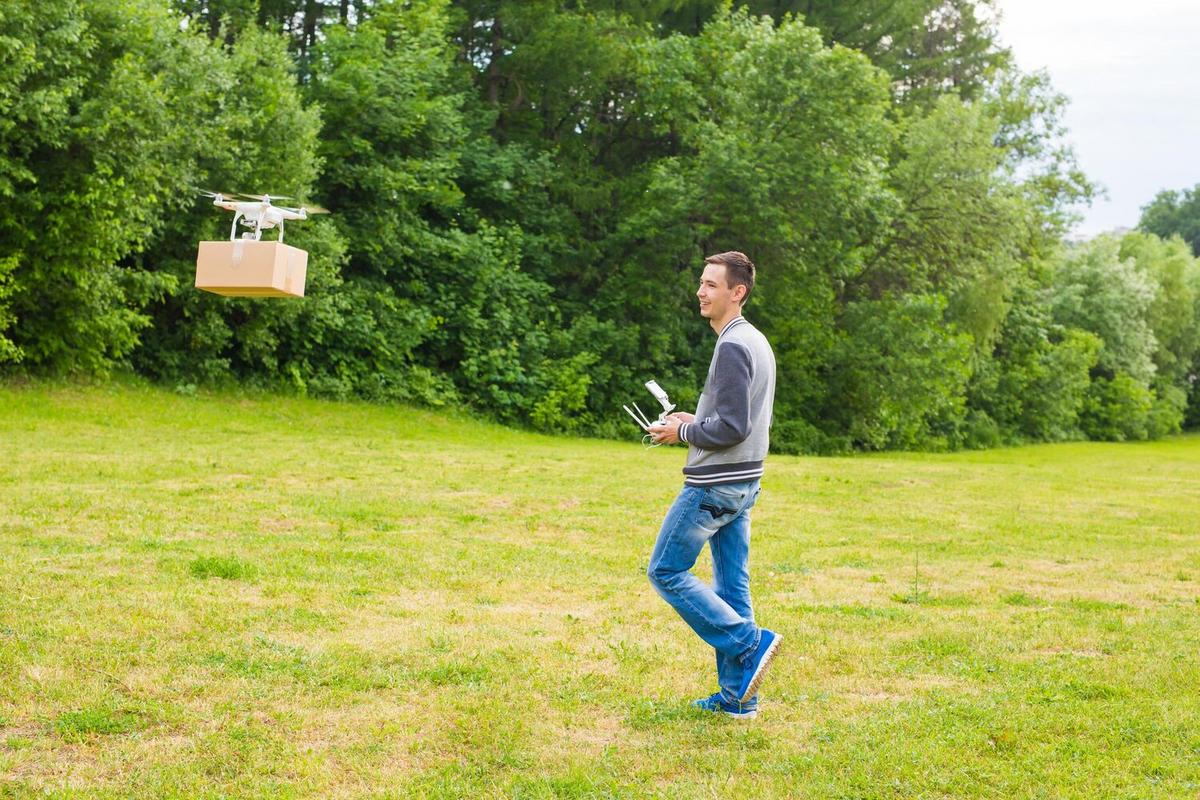As technology continues to revolutionize various industries, the integration of drones into food delivery systems stands out as an innovative leap forward. This development not only promises to enhance efficiency but also aims to redefine the culinary experience by offering timely deliveries, especially in urban settings.
The role of drones in food delivery systems is becoming more prominent as companies seek faster, more reliable delivery methods. According to a report by Business Insider, the drone delivery market is expected to reach $29.06 billion by 2027, highlighting the growing interest and investment in this technology.
The Advantages of Drone Deliveries
Drones offer several benefits that make them an attractive option for food delivery. They can navigate through traffic with ease, ensuring that food arrives faster and fresher. Additionally, drones can access remote or hard-to-reach areas, expanding the range of delivery services.
Expert Insights
John Smith, a logistics expert, notes, “Drones have the potential to transform last-mile delivery by reducing delivery times and operational costs.”
Statistics and Research
Recent studies indicate that drone deliveries can cut delivery times by up to 50% compared to traditional methods. This efficiency not only benefits consumers but also helps businesses streamline their operations and reduce costs.
| Feature | Traditional Delivery | Drone Delivery |
|---|---|---|
| Delivery Time | 45-60 minutes | 20-30 minutes |
| Cost | Higher due to fuel and labor | Lower after initial investment |
| Accessibility | Limited to road networks | Access to remote areas |
| Environmental Impact | Higher carbon footprint | Reduced emissions |
Real-Life Example
Consider the case of a popular pizzeria in a bustling city. By integrating drones into their delivery system, they managed to serve customers in high-rise apartments and busy urban centers more efficiently. This not only enhanced customer satisfaction but also boosted their business significantly.
Invest in drone technology that includes real-time tracking features. This allows customers to monitor their delivery, increasing transparency and trust.
Actionable Tips for Implementing Drone Deliveries
- Evaluate the regulatory environment in your area to ensure compliance.
- Invest in training for staff to handle drone operations safely.
- Collaborate with tech companies to integrate efficient software solutions.
Frequently Asked Questions
What are the regulatory challenges of drone deliveries?
Drone deliveries face regulatory hurdles related to airspace management and safety standards. It’s essential to stay informed about local laws.
How can businesses start using drones for delivery?
Businesses should partner with drone technology companies to acquire the necessary equipment and expertise. Ensuring compliance with regulations is also crucial.
Conclusion
By analyzing the role of drones in efficient food delivery systems, it’s clear that this technology holds significant promise for transforming the industry. As more businesses adopt drone deliveries, we can expect faster, more efficient service, benefiting both consumers and providers. Embracing this technology today can position companies as pioneers in a rapidly evolving market.




Leave a Reply